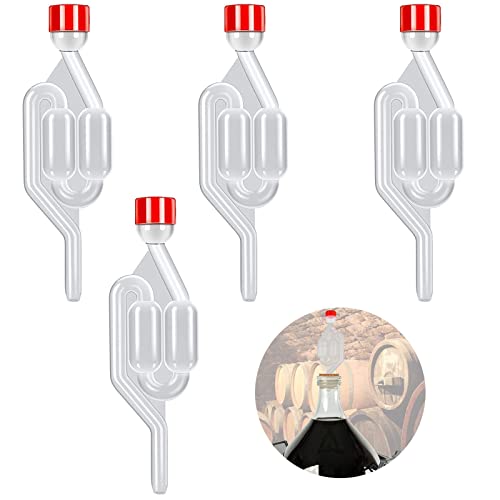- Joined
- Jul 27, 2017
- Messages
- 2,814
- Reaction score
- 1,040
Ironic eh?
Stephen Hawking dies on my birthday, which was Einsteins Birthdate and Pi Day! It makes my birthday a really insignificant event eh? :wave:
In a lecture one day a Student asked me "What is Pi?" so I responded with the standard "3.142 or 22 over 7 if you are using fractions." to which he replied "I know that, but what exactly is Pi?"
It took me a whole weekend to work out what Pi actually is 'cos no-one had ever told me, I had never asked and there was no internet available in those days. Enjoy working it out if you don't already know! :wave:
Best regards. :thumb:
Dude, it's in the Bible. Check verse 23: https://www.biblegateway.com/passage/?search=1+Kings+7&version=AKJV




































![BREWING THERMOMETER STICKERS ACCURATELY MONITOR FERMENTING BEER & WINE LIQUID TEMPERATURES 5PCS HOME BREW SPIRITS WINE LCD ADHESIVE [US]](https://m.media-amazon.com/images/I/311DDjo2X3L._SL500_.jpg)





 you've not moved house since nov 2016? - If you have pm me your address. :thumb:
you've not moved house since nov 2016? - If you have pm me your address. :thumb: